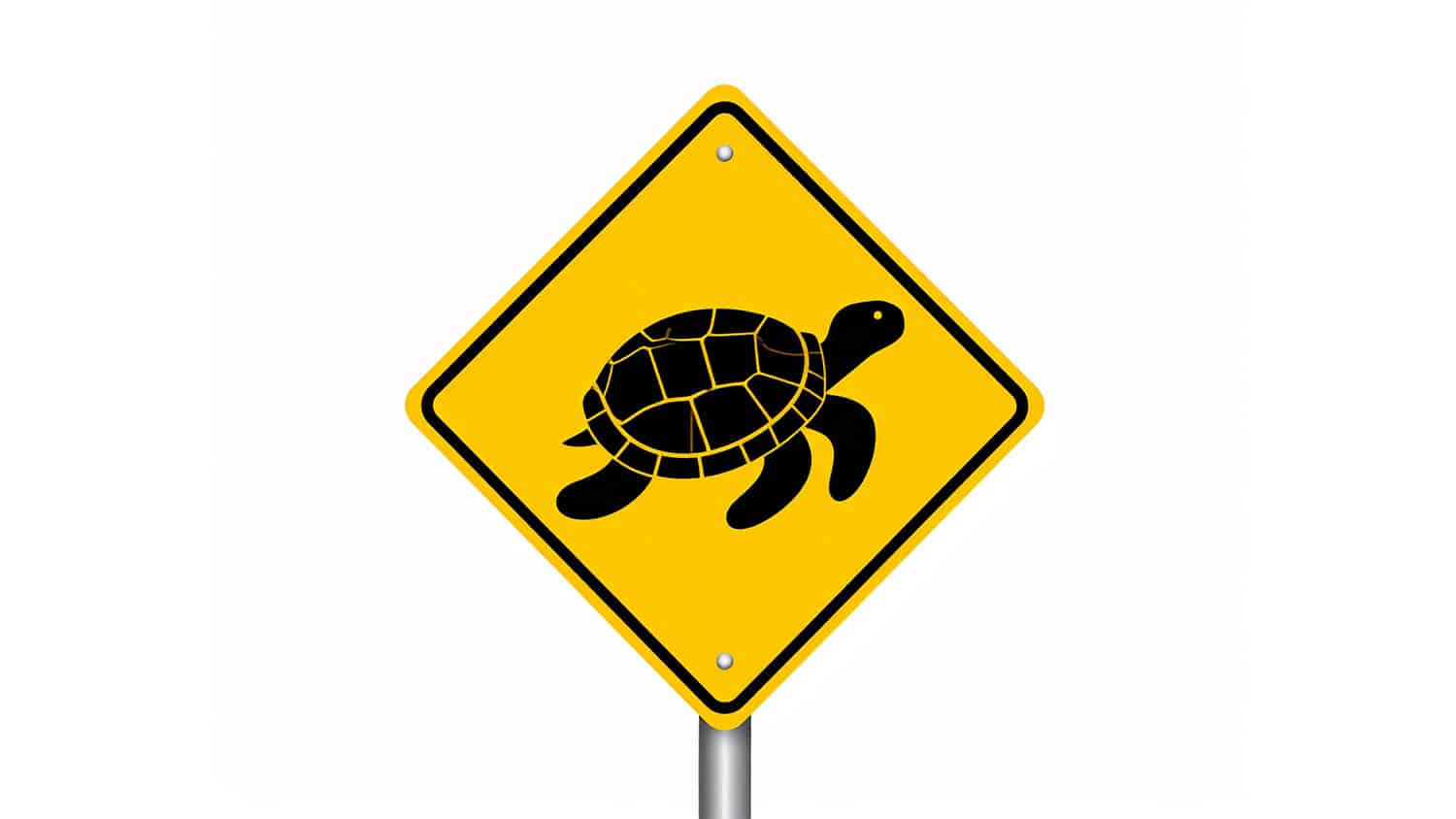Turtle Crossing: Study Identifies Local Hot Spots for Turtle/Car Collisions

It’s summer and turtles are on the move – but while they are on the lookout for mates and nesting sites, they definitely aren’t looking both ways before crossing the street. Which is where a new study comes in.
Aswini Cherukuri, a former NC State veterinary student now in private practice in Maryland, used data from the College of Veterinary Medicine’s (CVM) Turtle Rescue Team to determine whether there were locations around the Triangle that were more hazardous for turtles than others.
“I did it because vehicular trauma is far and away the most common form of injury for the turtles that people bring in,” Cherukuri says. “Turtle populations are declining, and much of the reason is due to what we refer to as ‘anthropogenic stressors,’ or pressure put on them by human activity.
“I wondered if the data could show us where these problems are most likely to occur, with the idea that we might be able to help raise awareness and prevent collisions.”
Cherukuri looked at data from 2005 – 2019 on 2,553 turtles from within a 60 kilometer, or about a 38 mile, radius of the CVM. All the turtles had been hit by cars. The patients were evenly distributed between male and female, with eastern box turtles being the most common species admitted. Of the turtles that were treated, on average 40% survived and were able to be released.
She was able to determine the locations for over half of the incidents and used that aggregated data to identify nine “hotspots” where turtles and cars were unsuccessfully sharing the road.
So what did the data show?
Overall, there were nine hotspots, located primarily south and west of the CVM:
*The intersection of U.S. Highway 64 and N.C. Highway 751 in Apex
*Yates Mill Pond Road near Theys Road in Raleigh
*Near the intersection of Holly Springs Road and Ten Ten Road in Cary
*Near the intersection of High House Road and SW Cary Parkway in Cary
*NC State’s Main Campus
*Near the intersection of U.S. Highway 64 and N Smithfield Road in Knightdale
*Near the intersection of Farrington Road andN.C. Highway 54 in Chapel Hill
*Intersection of N.C. Highways 50 and 210 in Johnston County
*Western Boulevard near Pullen Park in Raleigh
Why is the data important? To put it simply, turtles aren’t rabbits or squirrels. They can’t easily outbreed losses the way their mammalian cousins can.
“Turtles have incredible longevity but pretty low fecundity,” says Greg Lewbart, professor of aquatic, wildlife, and zoological medicine at the CVM. “Eastern box turtles can live 100 years. And unlike mammals, as female turtles age they become more reproductively successful, producing more eggs and more viable eggs.
“But even successful box turtles may only lay five eggs in a season, and maybe one survives. Even losing a few of these animals impact the ecosystem as a whole.”
And while most wildlife remediation methods in high-traffic areas – such as fencing or wildlife corridors – may not be economically feasible, the researchers say, it may be worthwhile to explore the possibility of turtle crossing signs, just to remind drivers to keep an eye out for their slower fellow travelers.
“While the data are interesting, we still don’t know much about why these areas are more popular, in terms of how big the turtle populations are,” Cherukuri says. “Learning more about the habitats around these areas would also tell us more about the health of our local turtle and wildlife communities and hopefully aid in conservation efforts across the board.”


